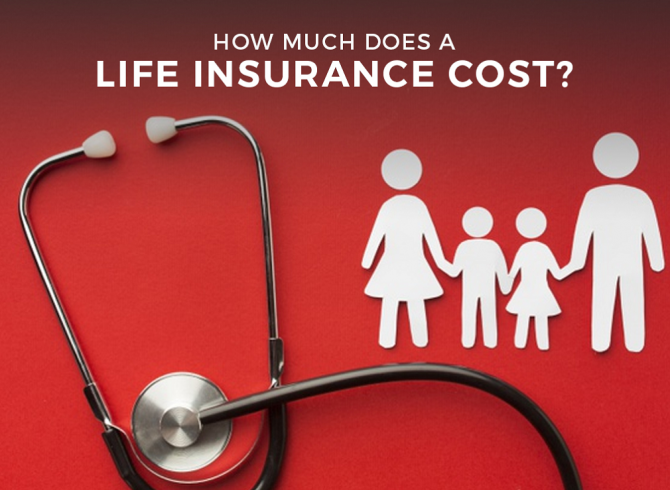Life insurance is undoubtedly one of the most essential plans or policies that a person should have. As a matter of fact, it goes hand in hand with sound financial planning for the future. Despite knowing this, there are still many individuals who are refraining from getting such coverage because of the possible costs it could add to their finances.
What most people don’t know is that these plans provide benefits not only to users but also to their loved ones. After all, it provides individuals with the coverage their family needs long after they’re gone. From taking care of your mortgage to providing for your ageing parents or young children, life insurance provides a certain cushion for expenses you wouldn’t have normally thought of.
Interested in getting a life insurance policy? Learn more about the types of coverage available for your needs and how much these costs. Take a look at the guide below.

What Is Life Insurance?
In a nutshell, life insurance is a type of contract that exists between the policyholder and its chosen insurer. In case the policyholder dies, the insurer provides a payment to beneficiaries named in the policy.
Types Of Plans
Though there are many types of policies existing in the market today, these mainly fall into two categories, namely whole and term. Policies that fall under term coverage entail that the policyholder pays a premium for a specific number of years, normally 20. Those who die within the time frame will receive an amount indicated in the coverage.
Meanwhile, whole policies provide coverage for the rest of the policy holder’s life. Unlike term coverage, the policy under whole coverage maintains that the benefits under this are extended for the rest of the customer’s life. It also combines coverage with normal savings. Like other policies, this option also provides death benefits.
Cost Of Getting These Policies
Three main factors come into play when talking about the costs of obtaining these policies. They are the following.
- Death Benefit – the amount the insurer agrees to pay to beneficiaries of the plan. The policyholder is designated to choose how much the insurer will pay out upon their demise.
- Premium Payments – monthly payments that have to be made to avail of the policy. Term life policies are generally cheaper and more affordable, while whole policies are more expensive.
- Risk Factors – these are the personal factors that insurers consider when an individual applies for a life insurance plan. Age, medical history, occupation, and occupational hazards, as well as the ability to pay, are factors that fall under this. Premiums depend on the type of policy you choose. Smokers, overweight individuals, underweight individuals, as well as those with a medical history, tend to pay higher premiums.
Having discussed these three factors, you now have a broader grasp of the factors that influence the costs of getting these plans. For term policies, individuals are expected to pay an average of $67.88 month for a $250,000 coverage. Meanwhile, whole policies could be around $122 per month.

Conclusion
Talking about life insurance is certainly no walk in the park. However, with this vital information, you can now plan for your future and make investments not just on your health, but also for the safety and welfare of your loved ones.
















